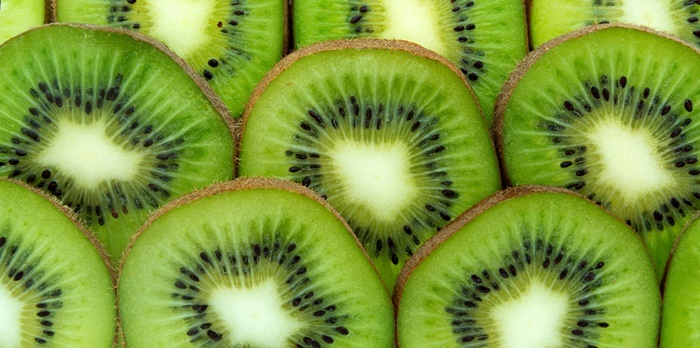Fruit is often celebrated as a health food hero. Brimming with natural sugars, fiber, vitamins, and antioxidants, fruits pack a nutritious punch. They support heart health, boost immunity, and slow the signs of aging.
But here’s the flip side: fruit can also be a hidden source of excess calories and a potential blood sugar spike, especially for people managing diabetes or watching their glucose levels.
Don’t worry, fruit lovers. You don’t have to give up nature’s candy. It’s all about how you eat it, not just what you eat. Ready for some smart fruit-eating tips to help keep your blood sugar stable?

1. Avoid eating fruit alone on an empty stomach
Fruits are packed with quick-digesting natural sugars that can cause a rapid spike in blood sugar, especially when eaten alone. Treat fruit as a dessert after a balanced meal or pair it with protein or healthy fats to slow things down. For example, add a spoonful of almond butter to your apple slices. It’s a delicious way to prevent that sugar spike.
2. Stick to whole fruits whenever possible
Juices and dried fruits might seem convenient, but they’re often sugar-concentrated and fiber-depleted. A glass of apple juice doesn’t offer the same blood sugar control as a whole apple. Why? Fiber. Whole fruits, especially those with the skin on, contain fiber that slows sugar absorption and keeps you feeling full. Think of it as your body’s natural sugar moderator.
3. Choose fruits with a low glycemic index (GI)
Some fruits cause a sharper blood sugar rise than others. For instance, watermelon, pineapple, and mango are high-GI fruits, while ripe bananas can be quite sugary. In contrast, low-GI fruits like berries, grapefruit, kiwi, apples, and pears gradually release sugar. Knowing the GI of fruits can help you snack smarter.

4. Practice portion control
Fruits are healthy, but that doesn’t mean unlimited servings. Aim for one to two servings a day—roughly the size of your fist (about 100–150 grams per serving). If you have diabetes or other health concerns, consult your doctor to find the right portion and fruit choices.
5. Make fiber your ally
Fiber doesn’t just come from fruit—it’s also abundant in vegetables, whole grains, legumes, and even seaweed. Adding fiber-rich foods to your fruit meals helps stabilize blood sugar. Toss fruit into a veggie-packed salad or blend it into a smoothie with oats and Greek yogurt. It’s a delicious, balanced way to enjoy fruit without the sugar rollercoaster.















Most Commented